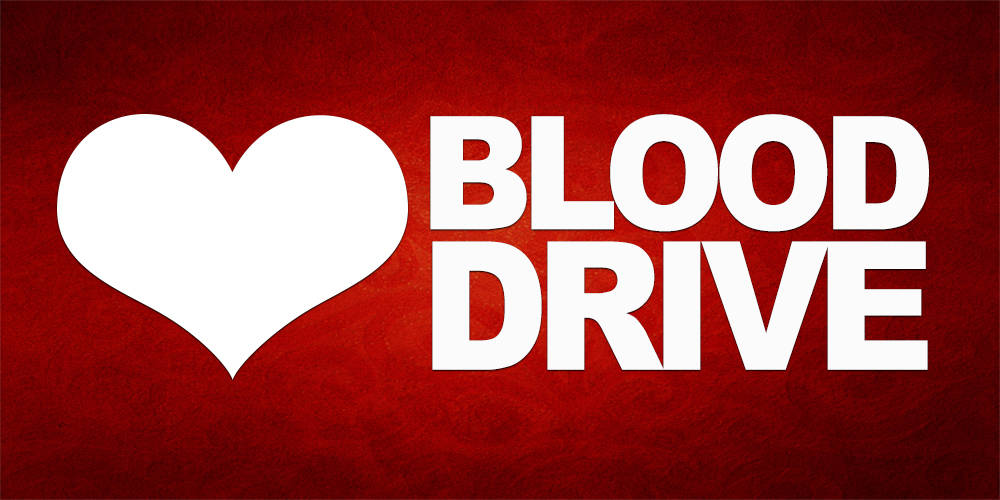Calvert City, KY (March 7, 2022) – Calvert City’s Youth Voice is a monthly writing contest developed for young authors between the age of 5 and 18. The first of March was the deadline for entries and the winner is Madeline Babb of Reidland, Kentucky.
Calvert Area Development Association used a rubric judging system to choose the March winner. “We received 50 submissions and they were all wonderful,” said Blair Travis, Director of Marketing, Communications, and Business Development for Calvert City. Judges received the submissions with just the writings. They did not know how old the author was or where they were located.
Addley is 13 years old and attends Reidland Middle School. Her favorite classes are social studies and language arts. She enjoys reading, writing, studying history, and hanging out with friends.
The next deadline for the monthly writing contest is April 1. Young writers are encouraged to submit original work in any style of creative writing. One winner will be awarded monthly.
Monthly winners will receive $50 and an ad in the Lake News with their published work. The deadline to submit work will be on the 1st of each month. This contest is not limited to Calvert City residents. We encourage writers from across the region to submit their original work.
For more information on Calvert City’s Youth Voice, please call City Hall at 270-395-7138 or by email at info@calvertcityky.gov.
_____________________________________________________
The Phonograph
By Madeline Babb
Imagine you’re searching through your grandma’s old items in her attic as you’re remembering all the good times you have spent with her. Suddenly, your eyes wander over to a corner where you see a dusty record player sitting there lifeless. You walk over and pick it up in awe blowing dust particles off the new discovery. In today’s times, the record player seems ancient because nowadays people listen to music at the push of a button. However, when the record player was invented, it had a huge impact on the world.
First of all, the record player, or phonograph, allowed music lovers to listen to whatever music they wanted whenever they wanted it. This incredible invention changed music forever because people began listening to music differently; people could now analyze lyrics in-depth because they could listen to the same song over and over instead of only when it was played at live concerts. According to smithsonianmag.com, “Even as it changed the nature of performing, the phonograph altered how people heard music. It was the beginnings of “on-demand” listening: ‘The music you want, whenever you want it,” as one phonograph ad boasted. Music fans could listen to a song over and over, picking out its nuances.’ “ This discovery changed music forever because almost everyone had access to music at any time and could finally appreciate it for the art and lyrics instead of only for live entertainment.
Next, the record player worked differently than other instruments. A hand crank turned the cylinder to rotate the tinfoil cylinder while the needle cut a groove into it to record the sound vibrations from the diaphragm. The output side of the machine played the sound through a needle and an amplifier. The amplified vibrations played back the recorded sounds (Butcher, 2021). Also, Hip-Hop DJs used record player turntables in a new and creative way through the 80s, 90s, and beyond. They connected audio mixers to record players and guided their hands along the records, so they scratched against the needle and produced a new rhythmic instrument of sorts (PQ, Rory, 2019). Therefore, not only was the phonograph life-changing because of its ability to allow music listeners to enjoy songs at any given point in time, it evolved into an actual instrument used to create music.
In addition, the record player was developed as a result of Thomas Edison’s work on two other inventions, the telegraph, and the telephone. In 1877, Edison was working on a machine that would transcribe telegraphic messages through indentations on paper tape, which could later be sent over the telegraph repeatedly. This development led Edison to speculate that a telephone message could also be recorded in a similar fashion. He experimented with a diaphragm that had an embossing point and was held against rapidly-moving paraffin paper. The speaking vibrations made indentations in the paper. Edison later changed the paper to a metal cylinder with tin foil wrapped around it. The machine had two diaphragm-and-needle units, one for recording, and one for playback. When one would speak into a mouthpiece, the sound vibrations would be indented onto the cylinder by the recording needle in a vertical (or hill and dale) groove pattern. Edison gave a sketch of the machine to his mechanic, John Kruesi, to build, which Kruesi supposedly did within 30 hours. Edison immediately tested the machine by speaking the nursery rhyme into the mouthpiece, “Mary had a little lamb.” He was surprised that the machine played his words back to him (Guy, 1993). Hence, the invention of the phonograph had another major impact on society, the development of the telephone, which most of us couldn’t imagine living without.
As you can see, the phonograph was an important invention for our society. It helped people listen to music whenever they wanted, it evolved into an instrument that created Hip-Hop music, and it was discovered alongside the telephone. With this new knowledge about this invention by Thomas Edison, you don’t have to store it in the attic and never touch it again. Instead, you can share it with your kids and help them to appreciate this timeless invention, so they can pass it down to their kids. The phonograph will no doubt always be one of the most important pieces invented throughout history!










